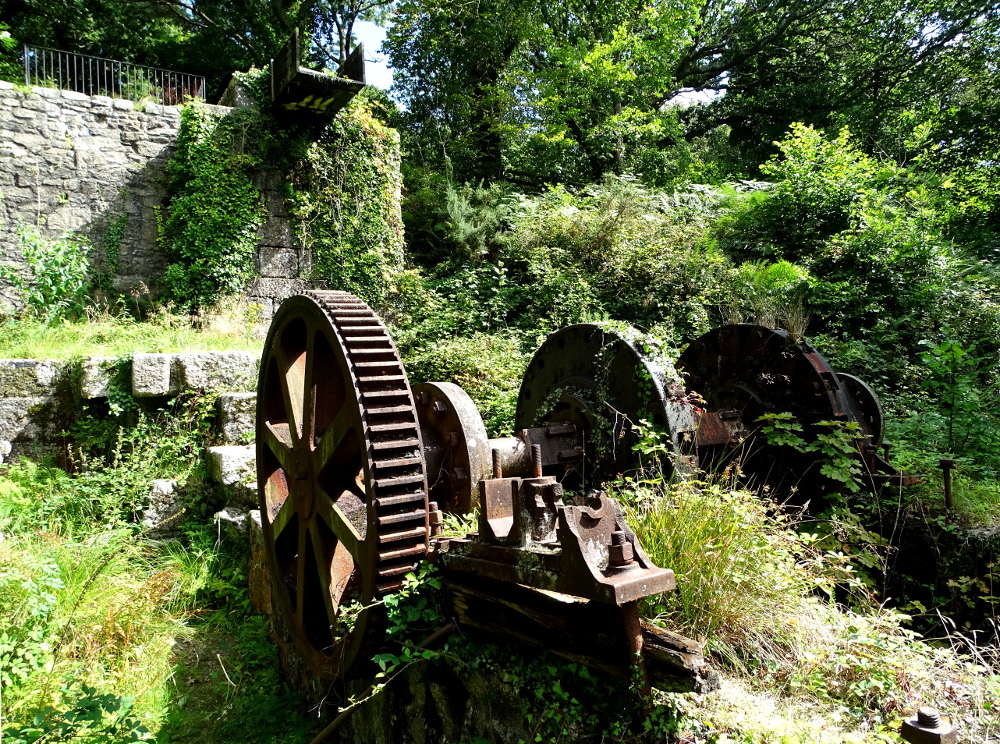A little while back, my aunt sent me a link to a walk in a part of the county I’d never visited before. This walk took us through the Luxuylan Valley, a wooded area just north of Par, near the village of Luxulyan. After far too long on the back burner, we finally made our way up the narrow country lanes to the woods.
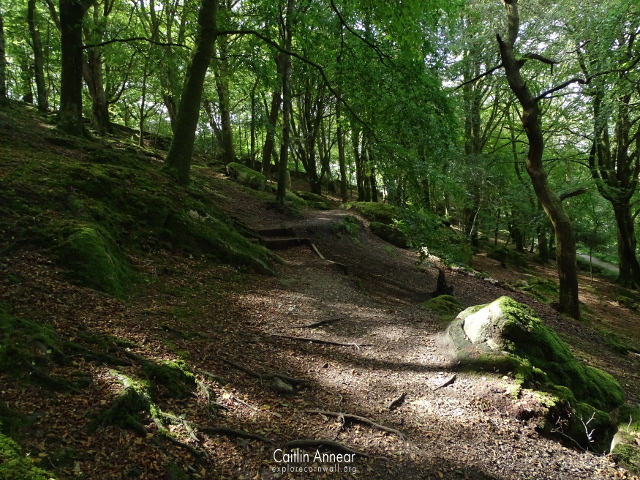
The woods follow the Par River for two miles and is peppered with mining remains. In 2006 it was granted World Heritage status due to its role in Cornish history and is currently looked after by the Friends of Luxulyan Valley.
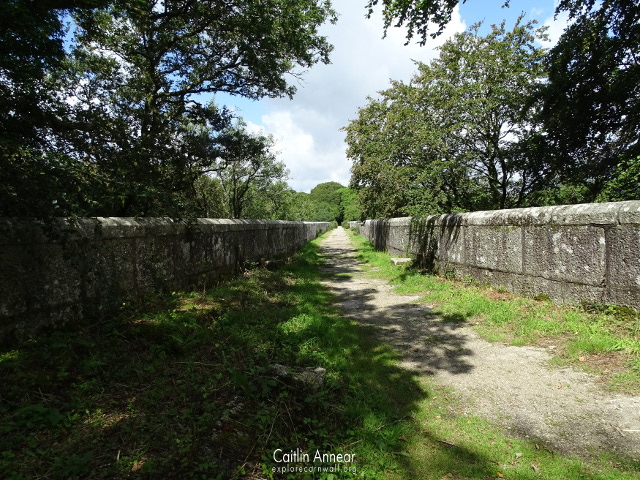
At the head of the trail is the famous Treffry Viaduct, built between 1839 and 1842 to function as both a viaduct and an aquaduct. The giant structure was ordered by Joseph Thomas Jeffrey, the owner of nearby Fowey Consols, using granite from his own quarries. There are a total of ten 40′ (12.2m) arches and it is comprised of an estimated 5664 cubic metres of granite.
The tramway that went across the top ran from Pontsmills, via the Carmears Incline, up to Luxulyan; here is joined the railway between Newquay and Bugle. This was the first stone viaduct built in Cornwall.

Throughout the dense woodland, you can also see the remains of the tramroads built for horse drawn carriages, used to transport stone, china clay and copper ore.
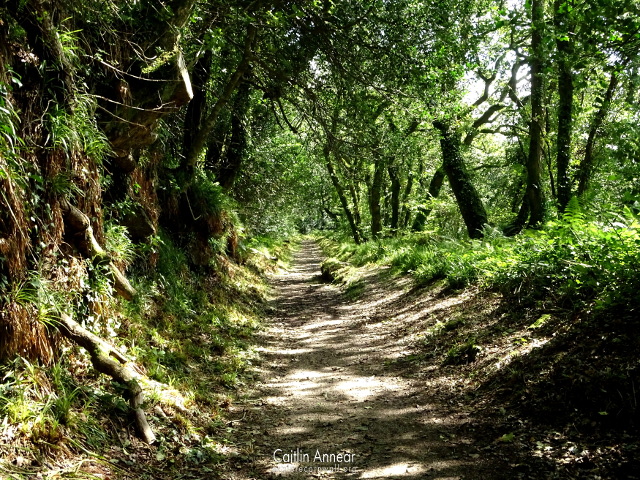
A walk through the Luxulyan Valley can be as long or short as you like. There’s a series of circular walks around the woods, each of which can be seen on the sign near the main carpark entrance (there isn’t another signpost in the woods, so remember to take a photo of this one while you can).
One particularly special part of the woods is that of the Carmears Wheal Pit. Built in 1841-42, this substantial granite, wood and metal structure half way down the valley once held a large 30′ water wheel. The power from this was used to haul carts up the Carmears Incline from Fowey Consols mine until the 1870’s. Later it was reused to power a china clay grinding mill and the wheel was replaced with a larger 40′ wheel and new grinding pans built alongside it. Some of the machinery from it’s later venture can still be found rusting within it’s walls.
Due to leaks causing damage to the viaduct, there is currently no water running through the waterwheel area. The Cornwall Heritage Trust have applied for funding to fix this.
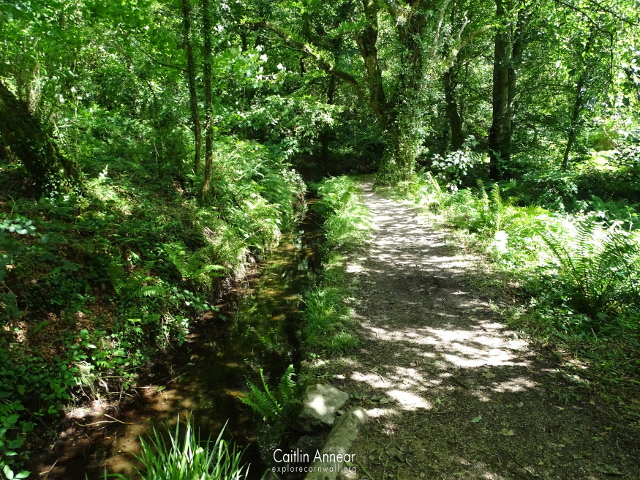
Running alongside many of the paths are a number of leats, with the upper one known as Carmears Leat and was responsible for bringing water from the River Par near Cam Bridges to the Carmears Waterwheel. From here the water drained into the lower set of leats, the Fowey Consols leats, where it went onto Fowey Consols mine. The leat system was completed and set to work in 1842.
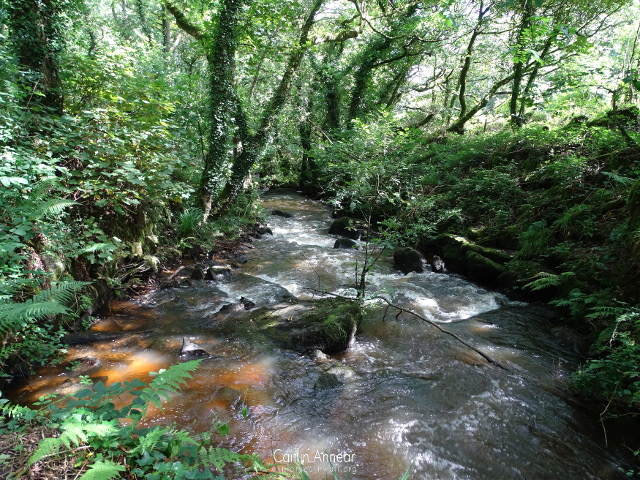
The Par River rushes through the eastern side of the woods, with the Newquay to Par railway also running alongside. Back in the days when china clay mining was at its peak, the river was stained white from all the china clay that ran into it.
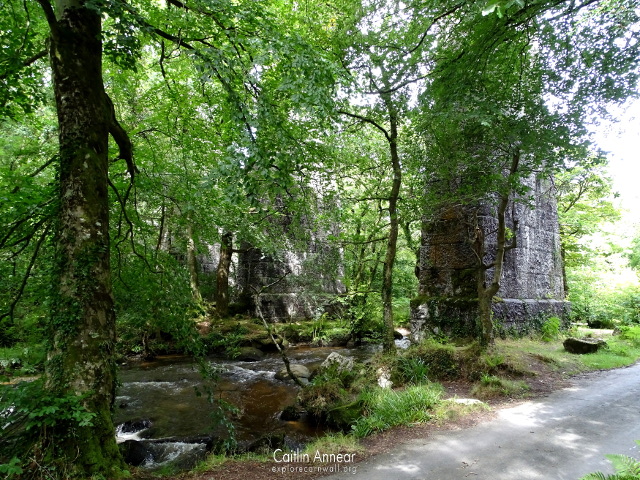
Access is free for all, although some of the paths aren’t suitable for anyone with mobility issues.
Dogs are welcome.
There are no facilities in the woods.
There is a small carpark at the head of the woods that is free to use, named Luxuylan Valley (West) on Google Maps or OS SX 05847 57300.
Carmears Wheel Pit – Luxulyan Valley (no date). Available at: https://www.cornwalls.co.uk/photos/carmears-wheel-pit-luxulyan-valley.htm (Accessed: 3 October 2019).
Cornwall Heritage Trust (no date) ‘Teffrey Viaduct and Aquaduct Sign’.
Friends Of Luxulyan Valley (no date). Available at: http://www.luxulyanvalley.co.uk/ (Accessed: 3 October 2019).
Luxulyan Valley circular walk (no date). Available at: https://www.iwalkcornwall.co.uk/walk/luxulyan_valley (Accessed: 3 October 2019).
